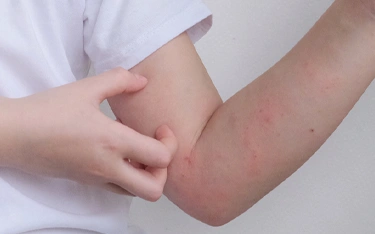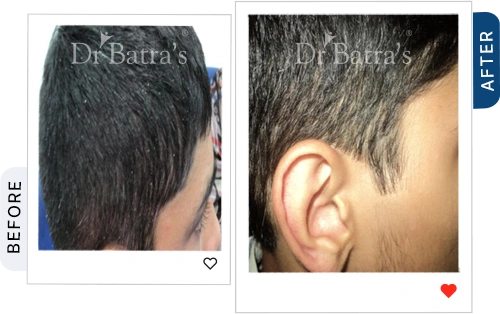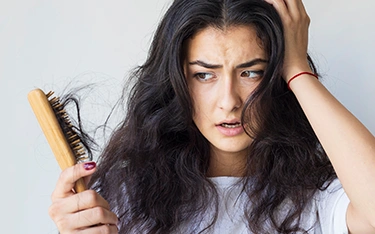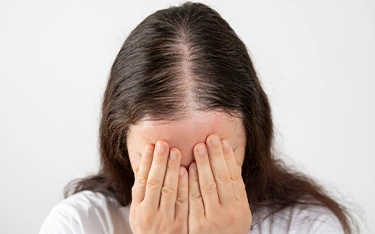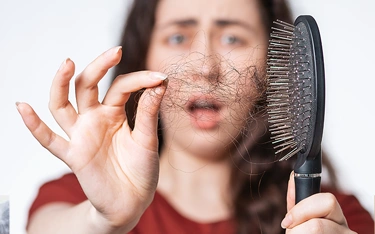FAQs
Is seborrheic dermatitis caused by stress?
Yes, stress triggers flare-ups by weakening the immune response and increasing oil production.
What foods trigger seborrheic dermatitis?
High-sugar, dairy, and processed foods can worsen inflammation.
What deficiency causes seborrheic dermatitis?
Deficiency of zinc, biotin, and vitamin B complex can contribute to symptoms.
